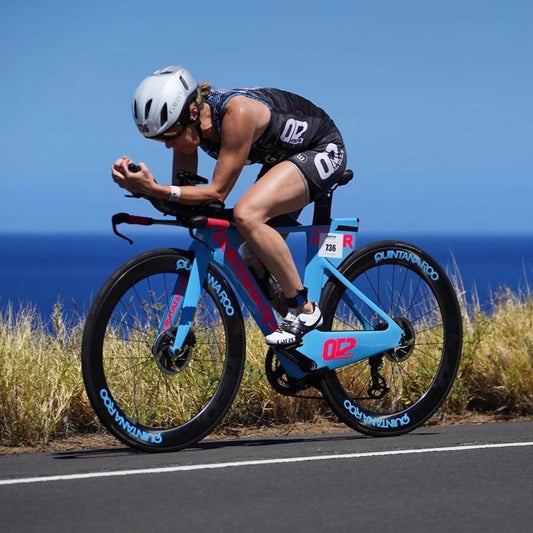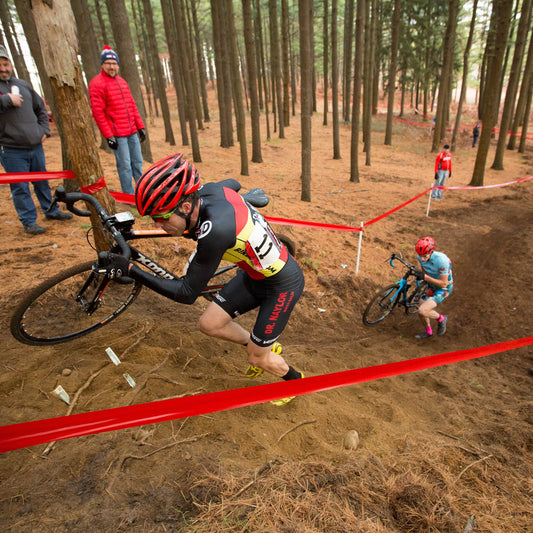V Squared (Bike Execution Strategy)
These thoughts describe how to ride a faster bike split using your ears. This may sound strange but actually has some scientific backing to prove its relevance. In my opinion, there are two polar ways to attack a bike course; one being physics based, and the other being physiological based. The physics approach says to push the hills as hard as possible, take it easy on down hills, and moderately on the flats. The physiological approach says to ride a constant wattage throughout the day (flatten the course).
At the end of the day, given a particular average wattage, the physics approach will yield the fastest bike spilt. Reason being, each watt of power put into an uphill will result in further forward progress compared to the same watt of power during a downhill or flat. Since resistance increases as a square to relative wind velocity, your one extra watt gets you less benefit during high relative wind velocity versus low relative wind velocity (up hill riding). The caveat to this approach is that riding in this manner will leave your physiological system completely toasted and unable to ride at an average wattage you are capable of for the duration of the ride. By pushing the hills as hard as possible, your body begins to use a large portion of the anaerobic (glycolic) energy system relative to aerobic (with oxygen) energy system. Since glycogen is a relatively sparse fuel in the body, riding at these intensities will result in system failure sooner compared to if you had flattened out the course and ridden constant wattage.
So, given this information, riding a bicycle is a double-edged sword. On one hand the most efficient way to get from one location to another given a certain average wattage (or total work) is to pound the hills. On the other hand, doing so will leave your body fried and unable to perform over the long hall, and produce an average wattage that you are capable of. The answer lies somewhere in-between. How to ride a particular course depends on how long the race distance is. For shorter races, it's best to side on the physics end because pushing into anaerobic levels will not be a detriment to your overall average power on the day. That is, you will still be able to hold an average wattage close to what you are capable of for the duration. For longer races, pushing into these levels will negate any benefit that you gained by climbing hard because you will not be able to maintain an average wattage close to what you are capable of for the duration of the ride, and will be toast for the run (marathon in IM). Almost as important for the physics based approach is not pushing into the wind (descents and head winds) because those watts are better spent elsewhere when they will get you further. Unfortunately your body isn't a bank account though that can't save all of them for later so you need to strike a balance between no power and average power. That is, go a bit below average on the descents, a bit above average on the hills and tail winds, and average on the flats. How extreme you do this versus riding the whole thing at one wattage should be based on the distance of the race.
For my athletes, based on their speed potential curve AND critical volume ratio (how much volume they have completed versus critical volume), we determine the average wattage they can maintain for a given race distance. We then set the maximum wattage they are allowed to maintain on the hills or any other time relative wind velocity is low (tail winds). We also set the low wattage they should maintain on the downhills (or head wind). This difference, between the minimum/maximum and the average, should be greater for a sprint distance race than an iron distance race.
In summary, the best time during races to use more power is when you don't hear wind. This could be while riding with a tailwind or while climbing. When you hear lots of wind, like riding down hill or into a head wind, apply less power. How far this "less power" and "more power" stray from the day's average should be determined based on the race distance.
-Jesse





